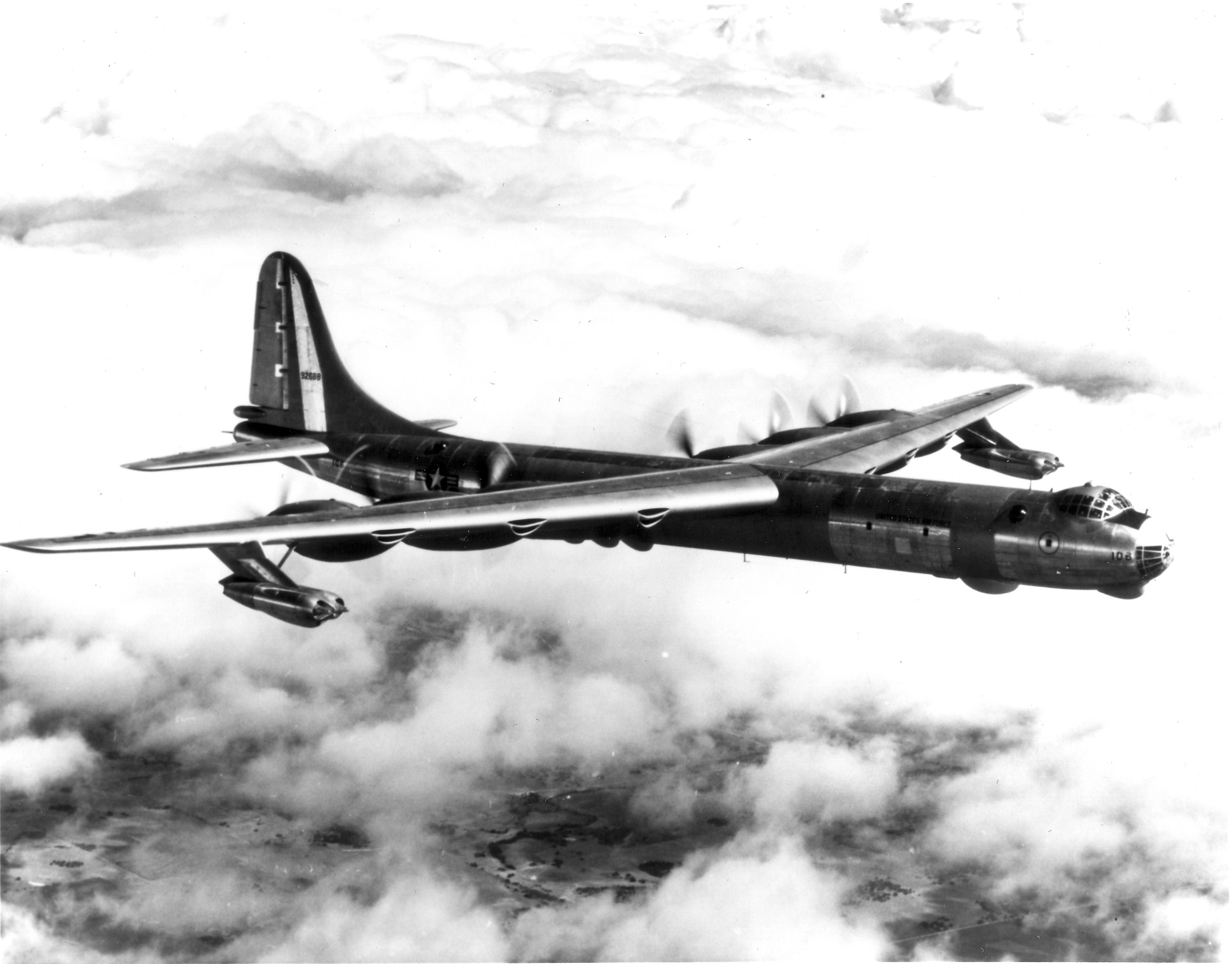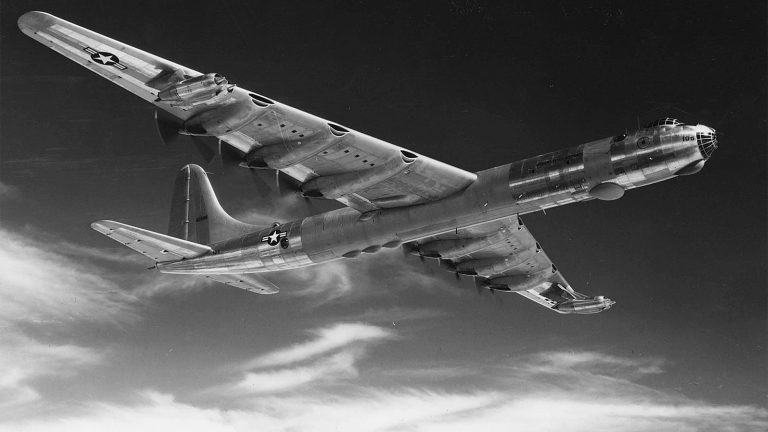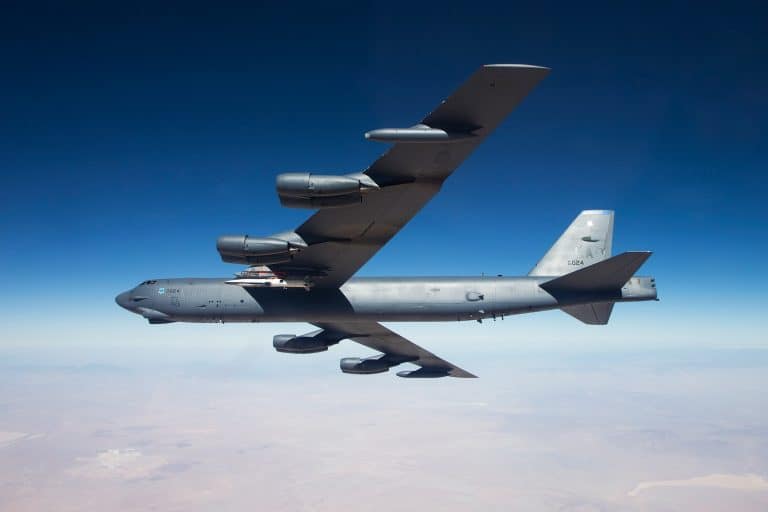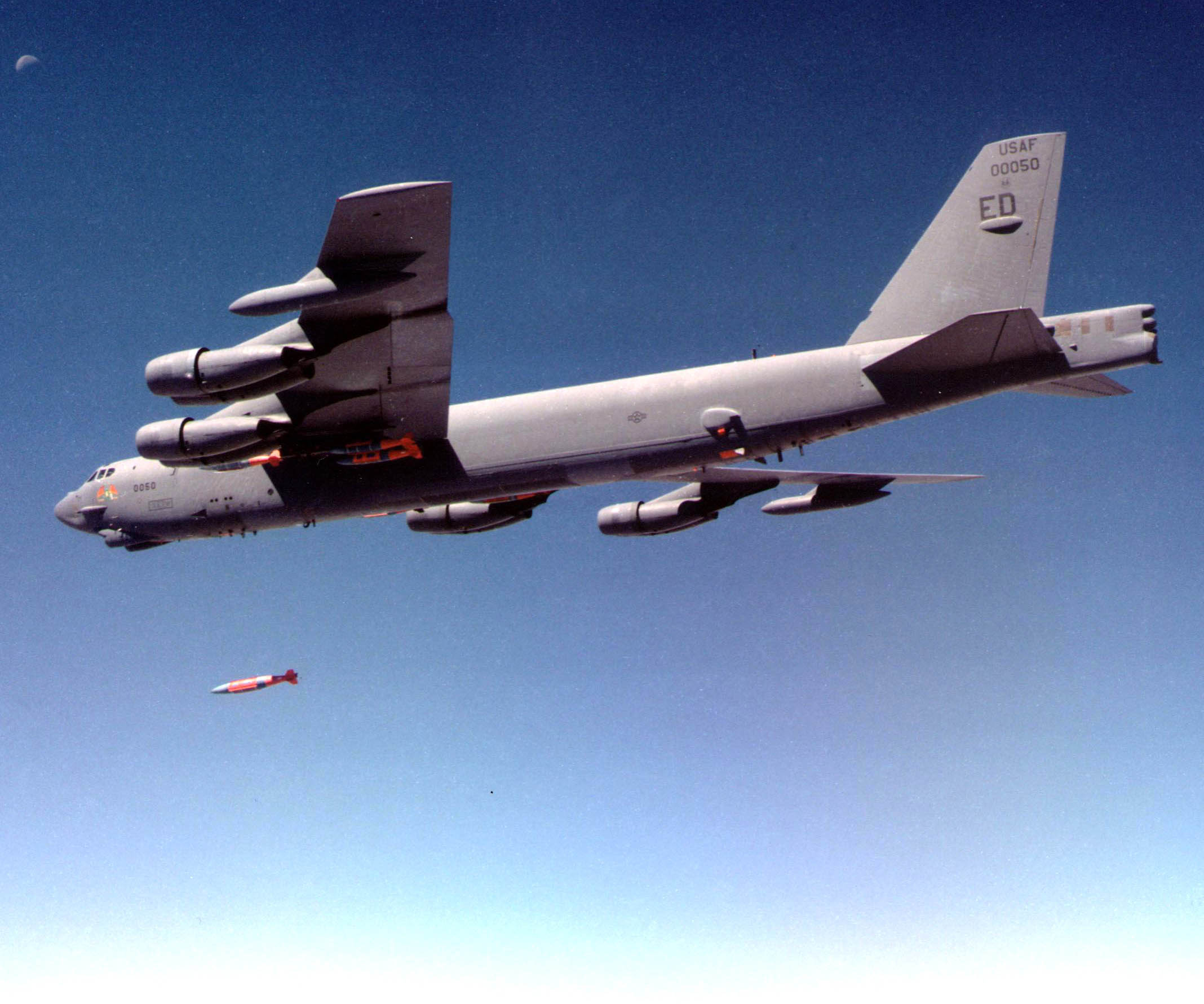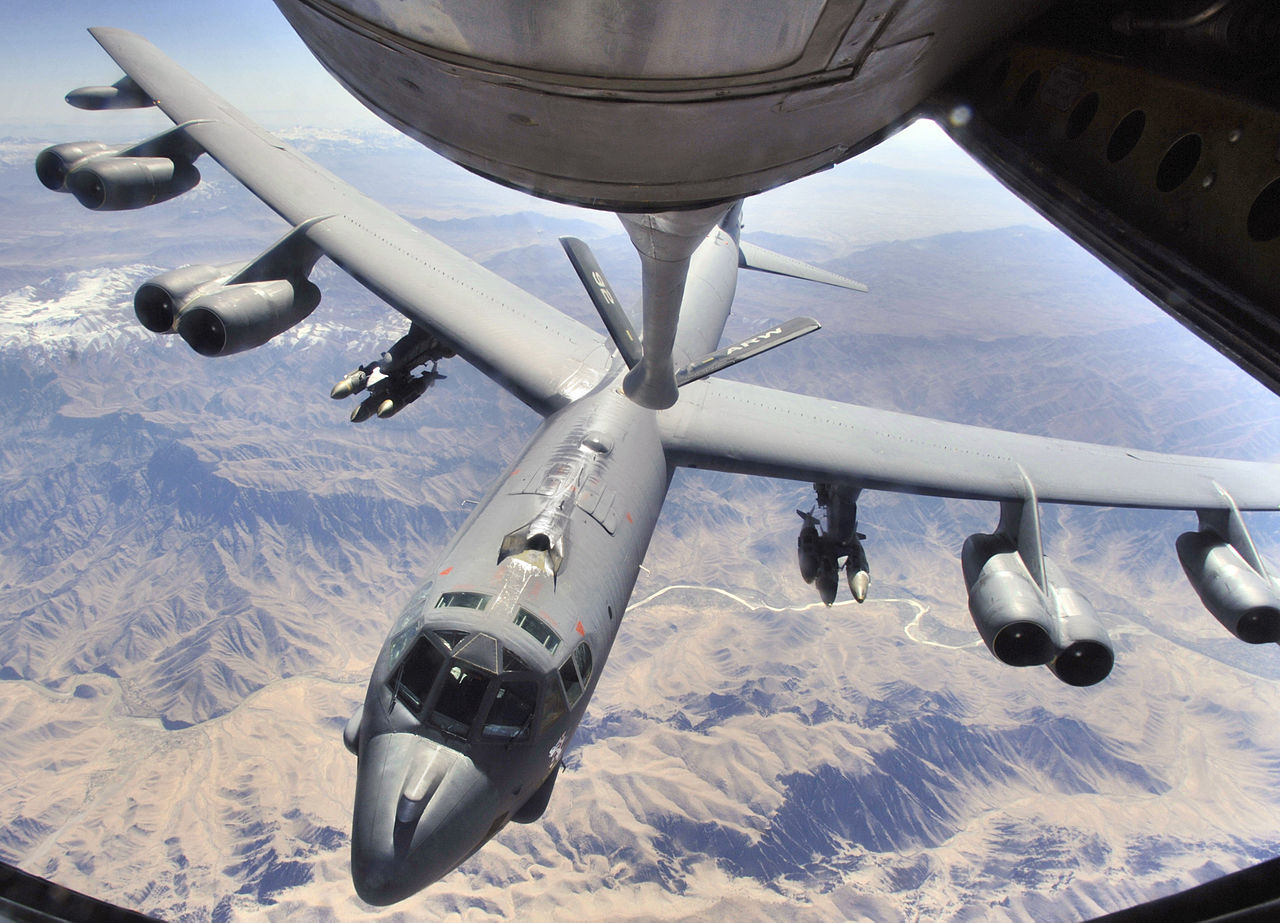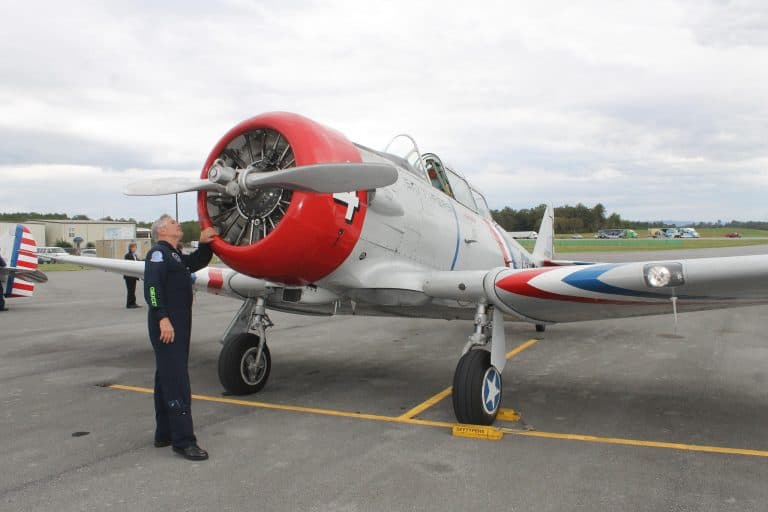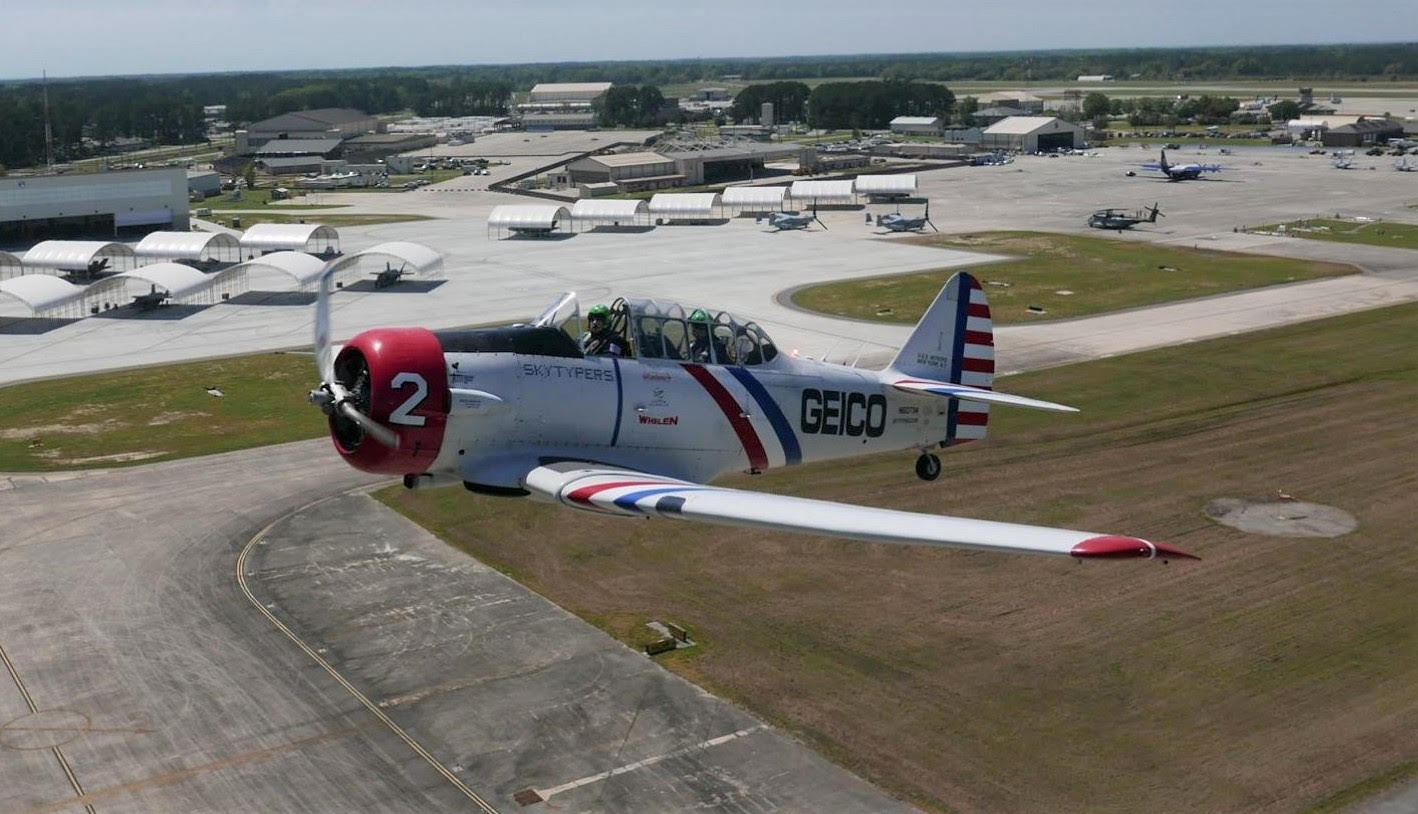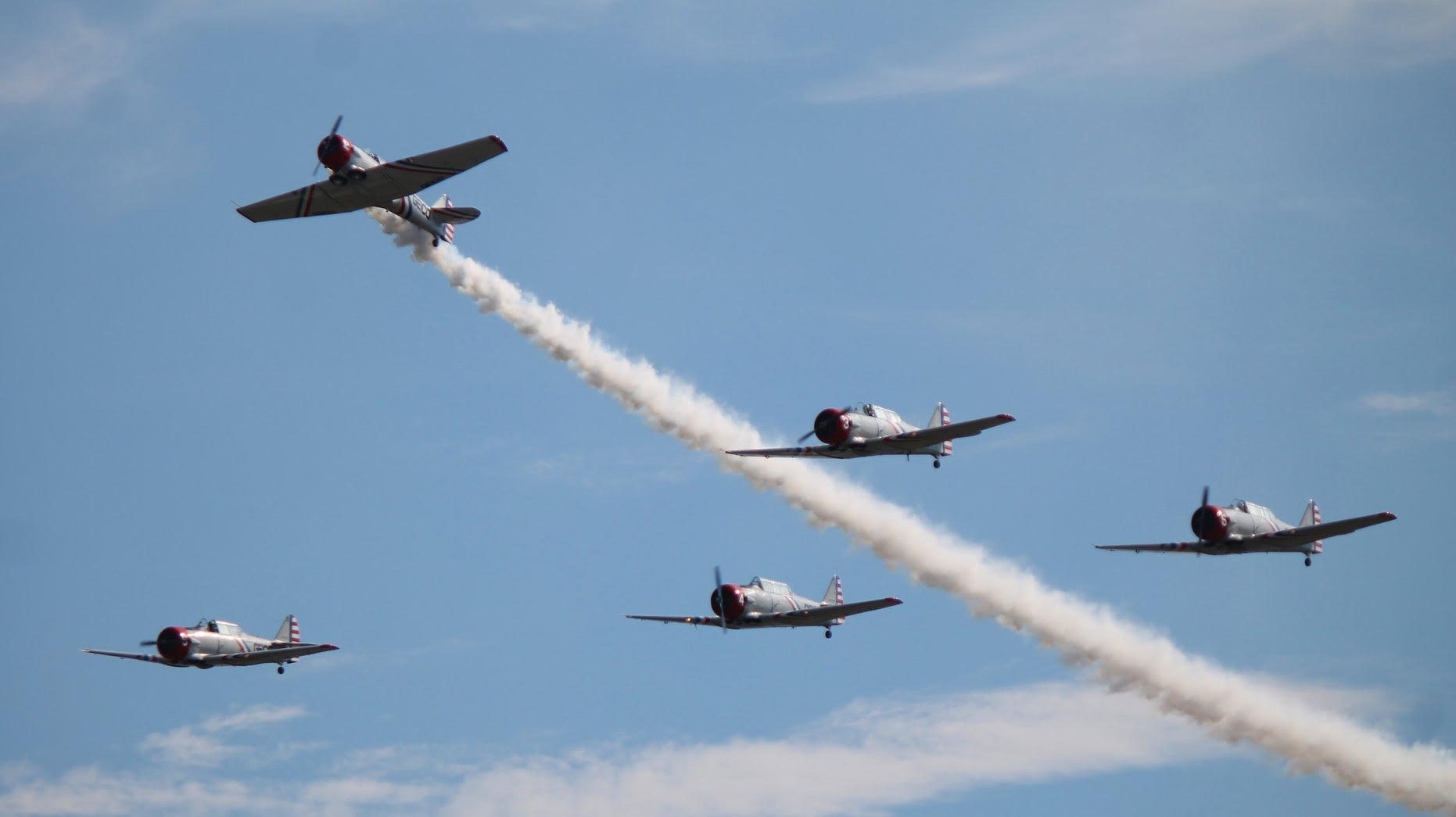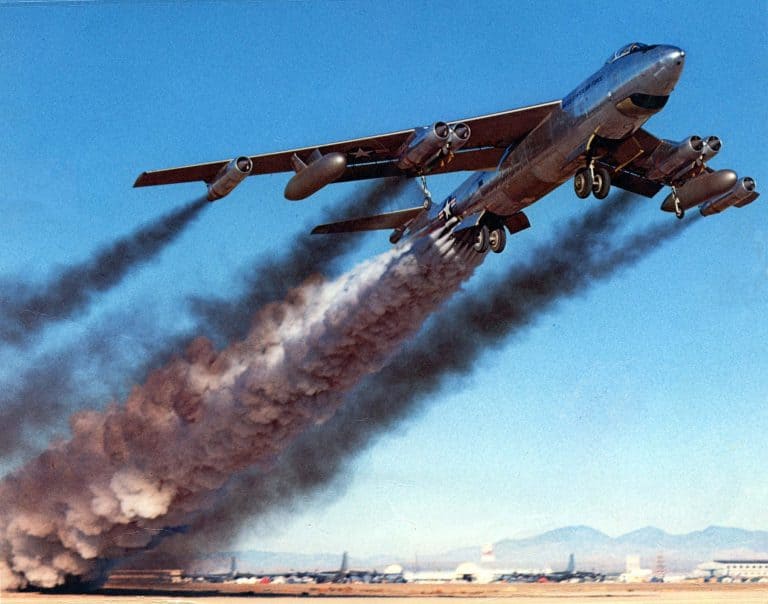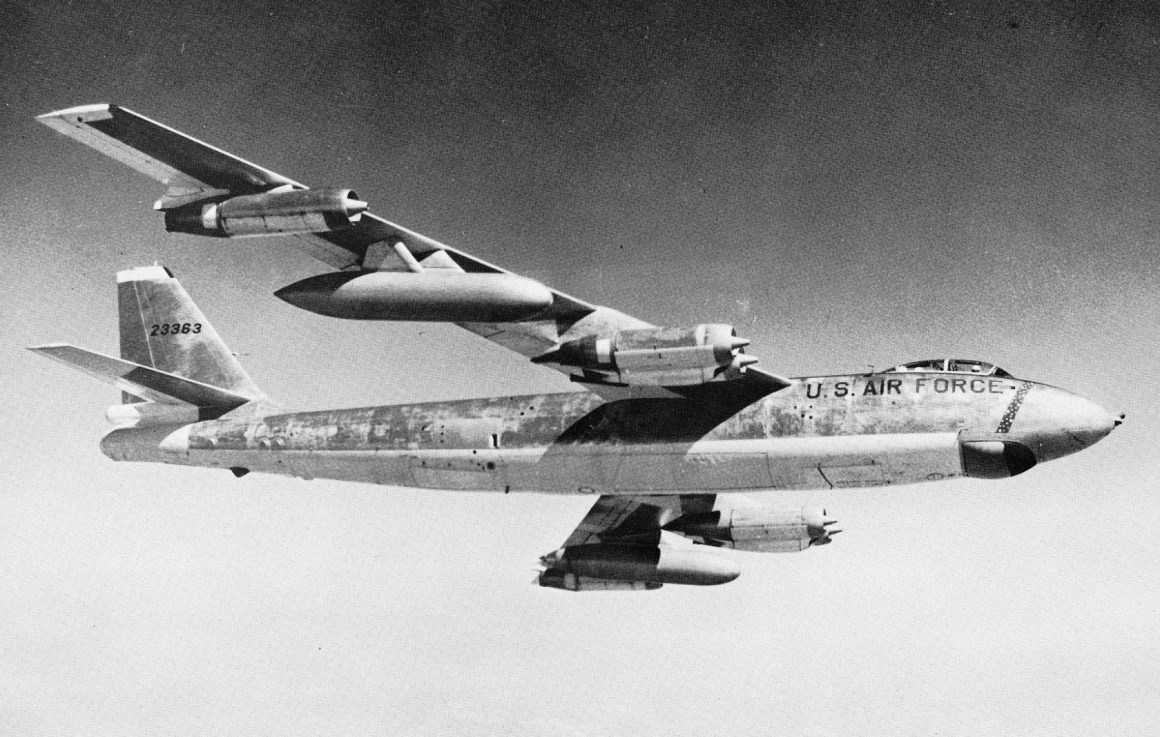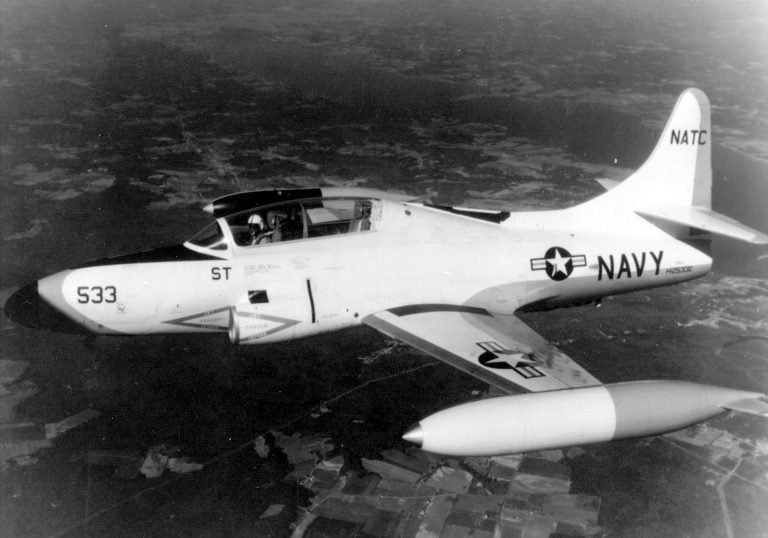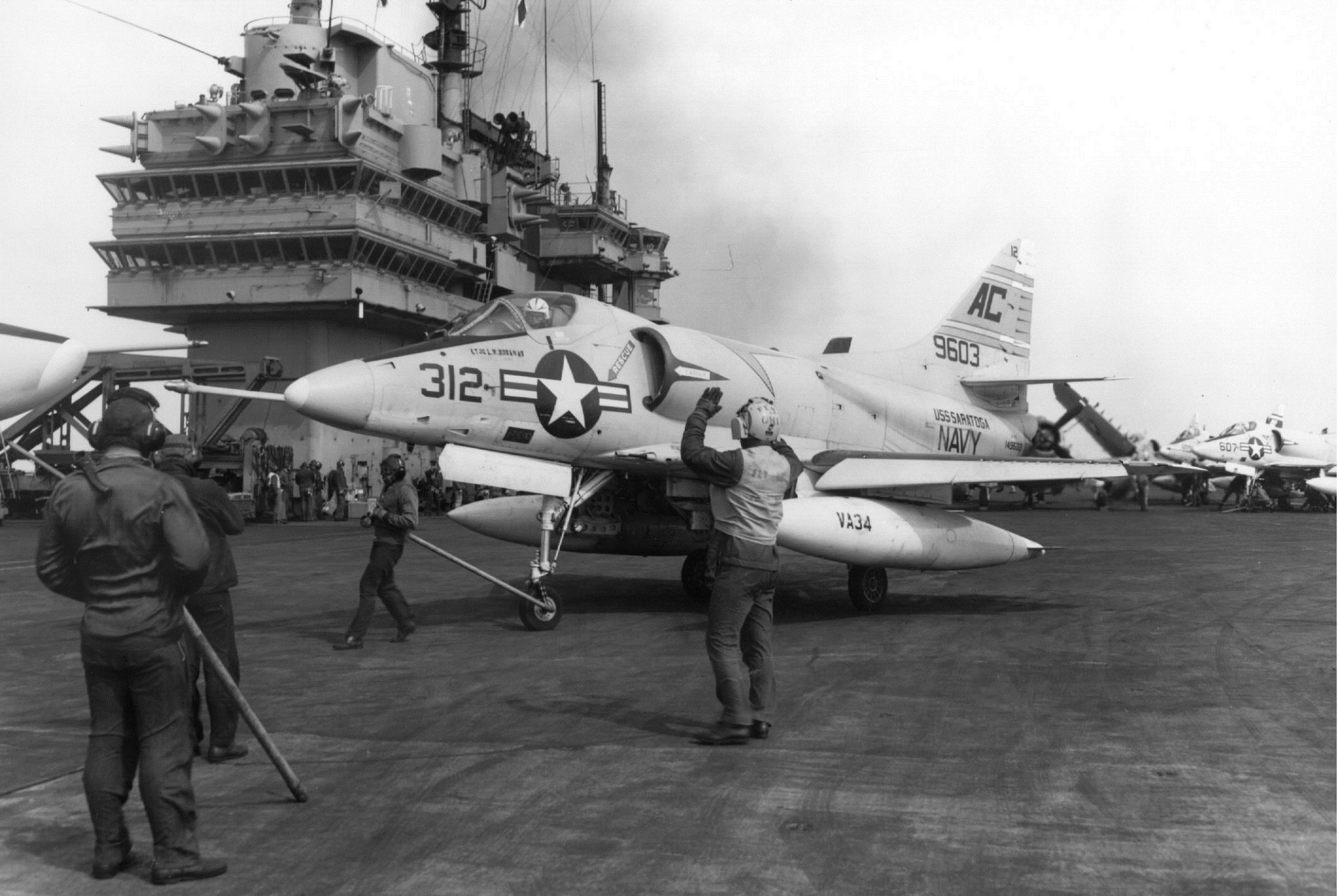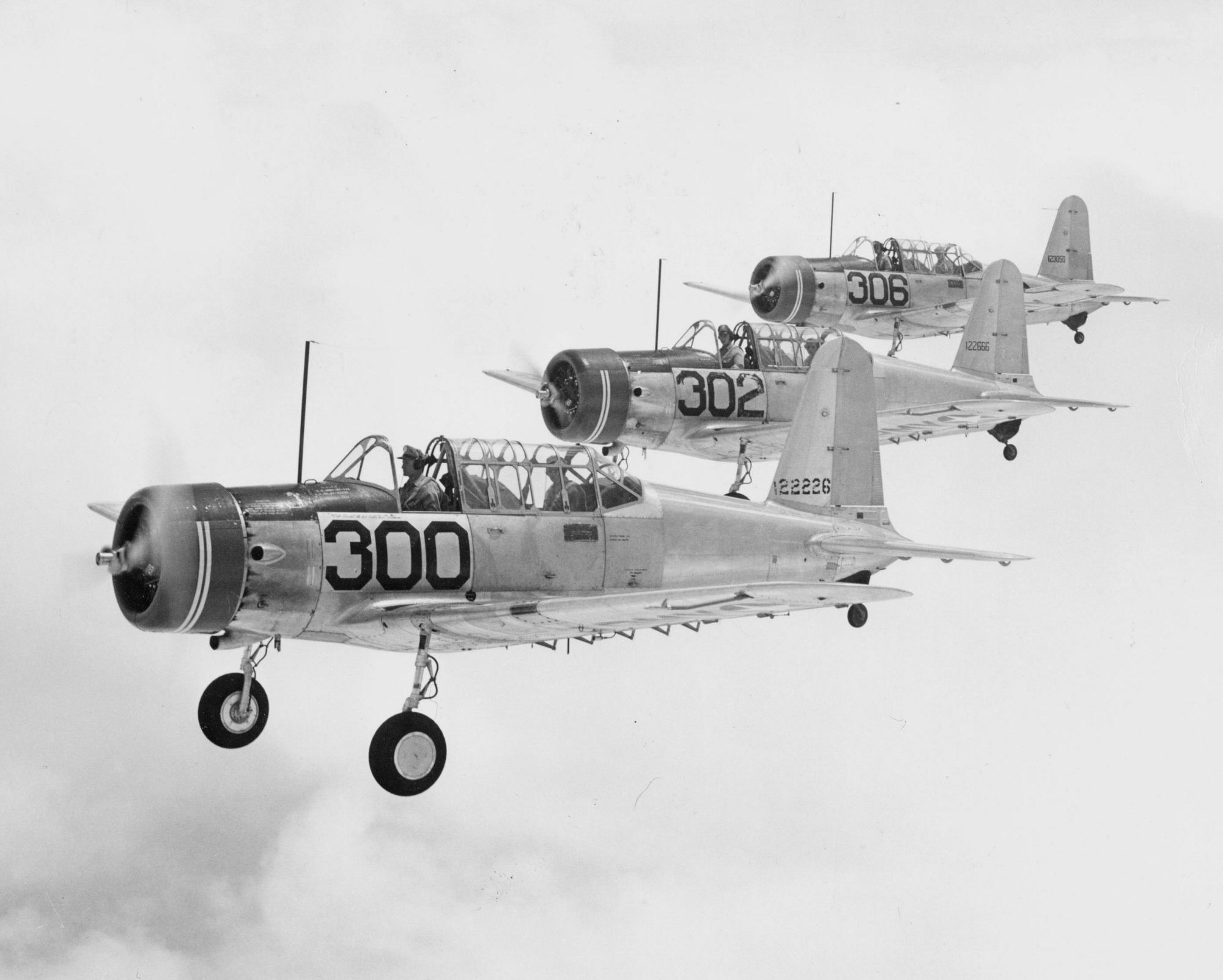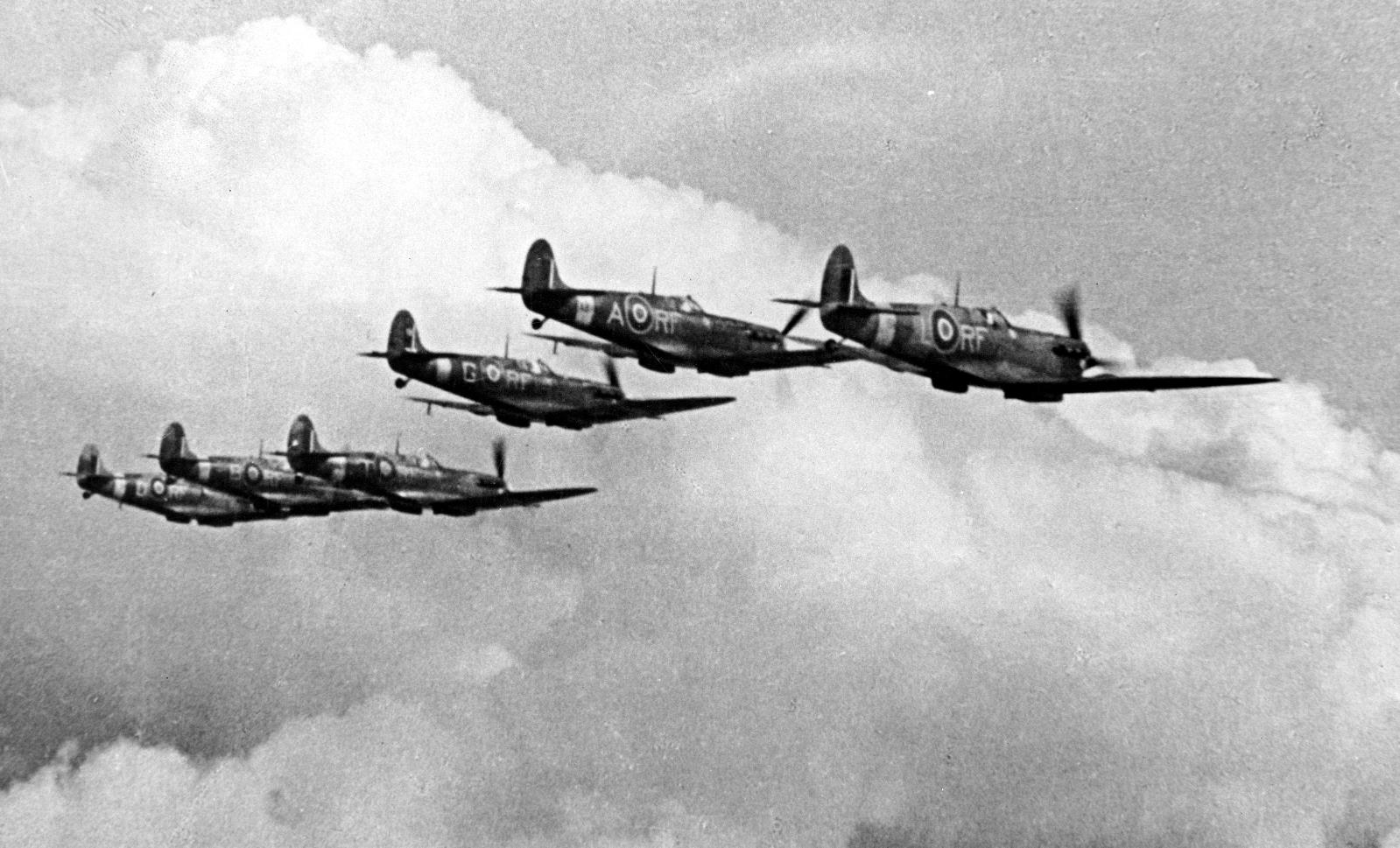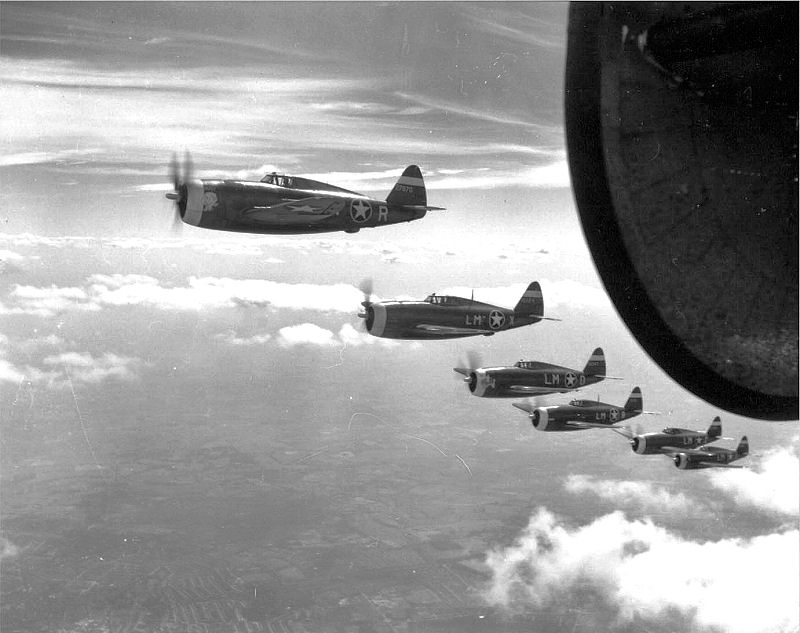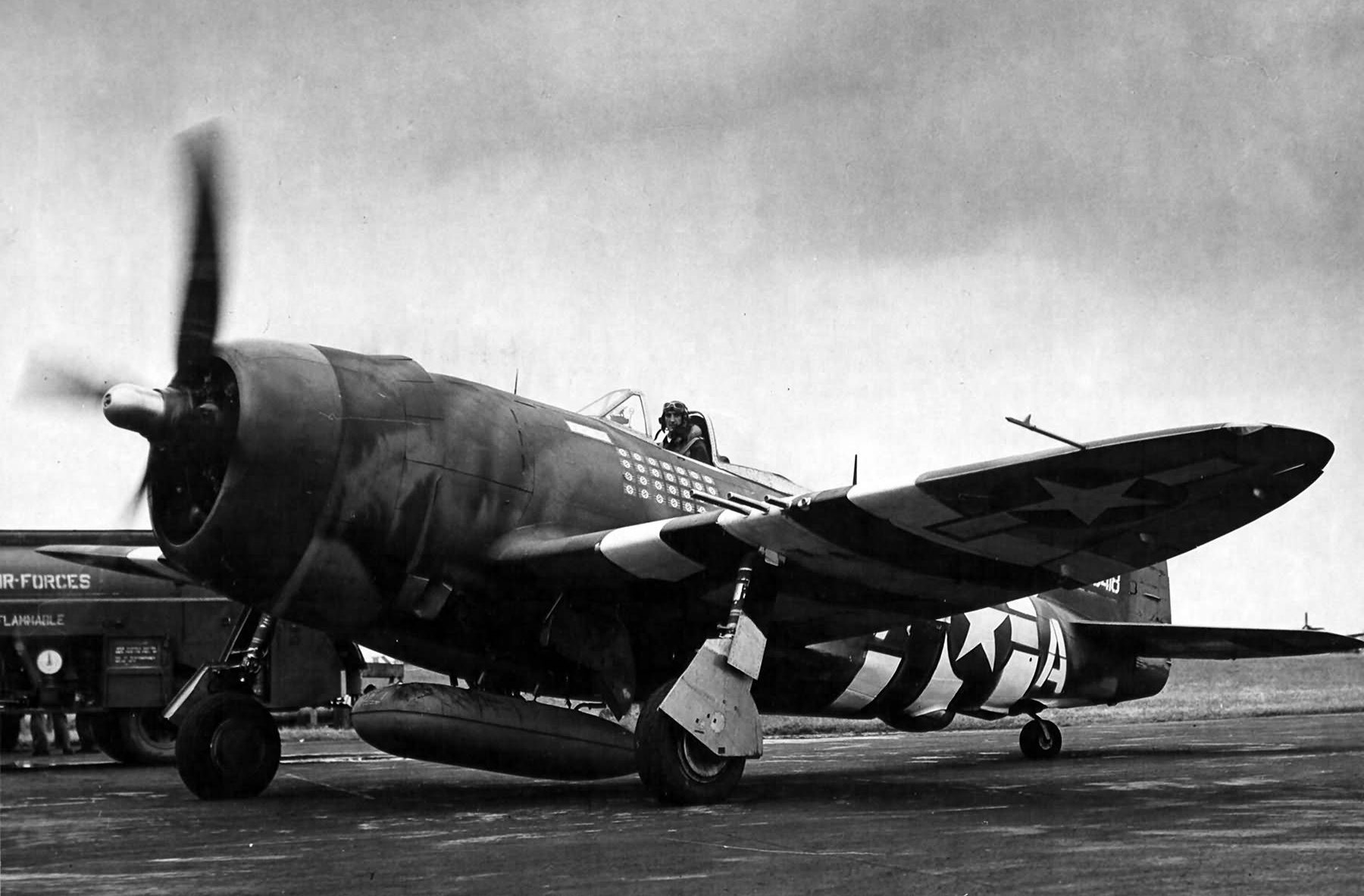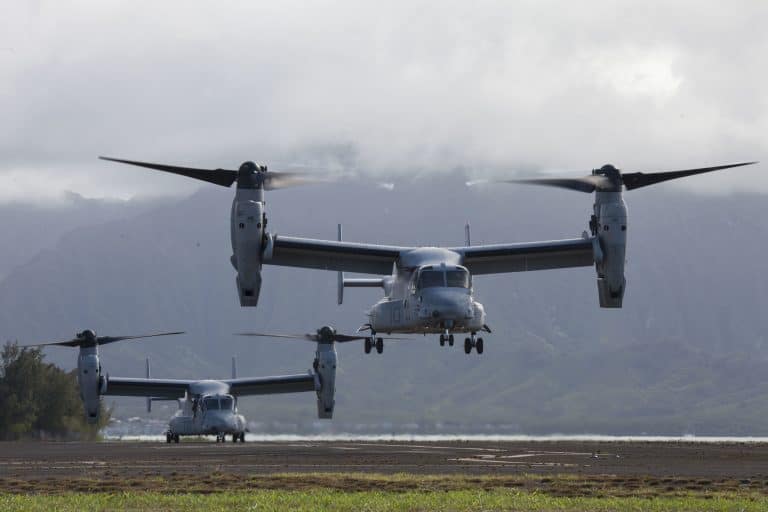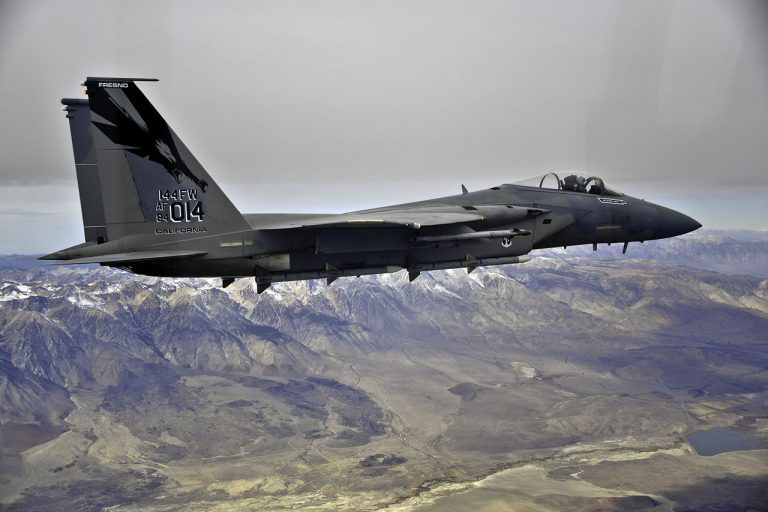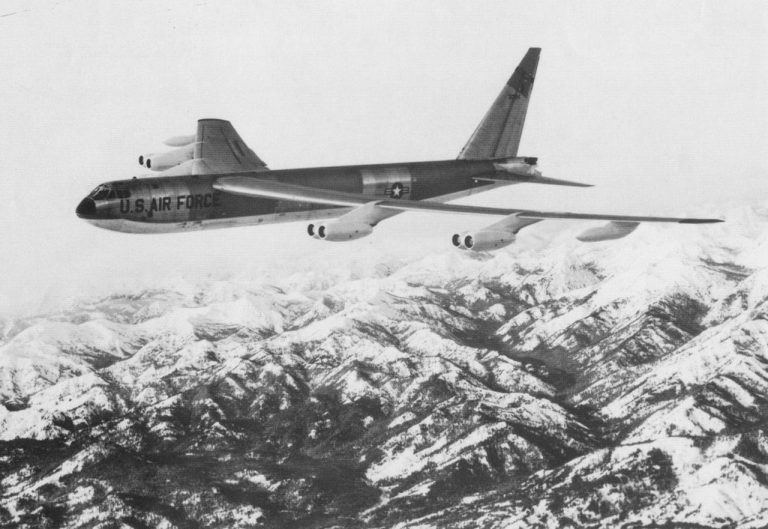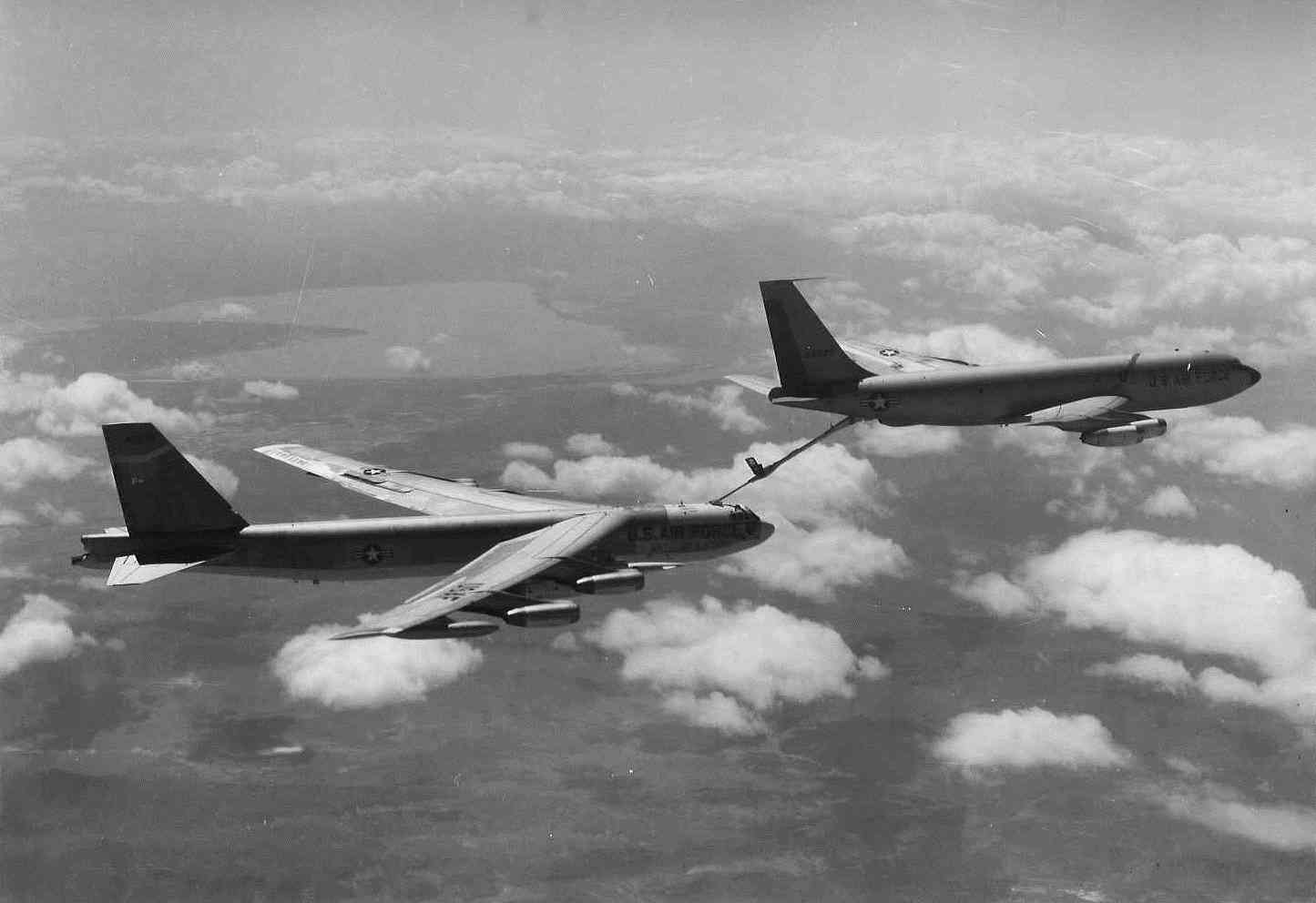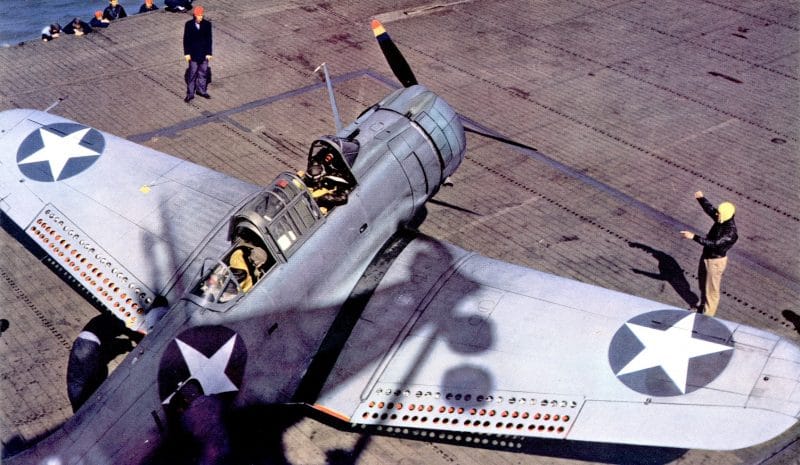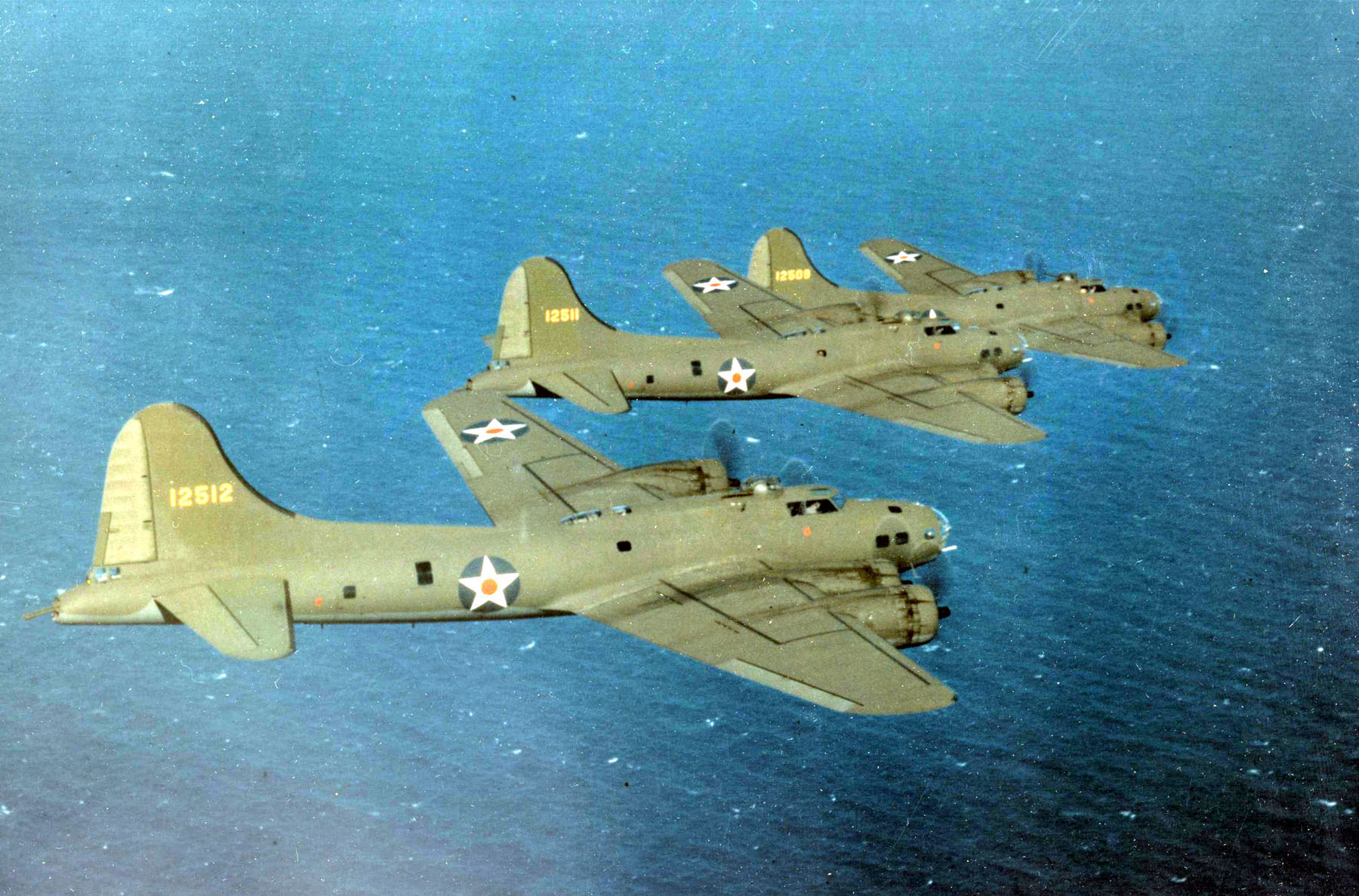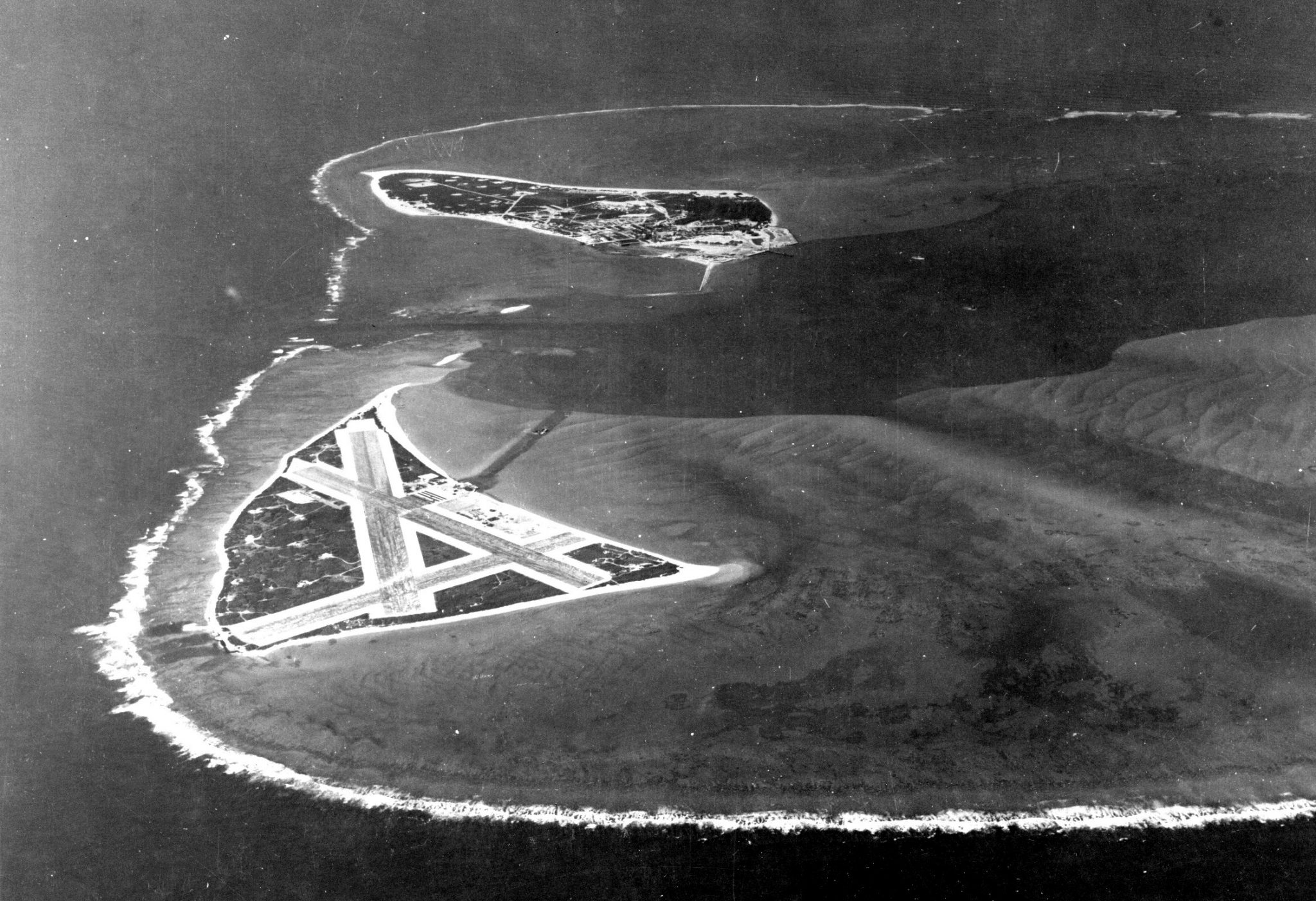BEAUFORT, S.C. — The aerial choreography of six World War II-era aircraft of the GEICO Skytypers Flight Team will return to the skies this week set to perform aerobatic precision flying during the first of four upcoming airshows.
The Westfield International Airshow in southern Massachuttes will be center stage as the Skytypers, Air Force Thunderbirds, and several popular civilian aerobatic acts perform on August 12 and 13. The squadron will fly each afternoon during the two-day weekend event. Air show attendees will also find the team’s pilots hanging out at the GEICO display booth for a meet and greet.
[youtube id=”2m5hBKhFFAk” width=”800″ height=”454″ position=”left”]
Lead by team owner and commanding officer Larry Arken in Skytyper 1, the squadron flies aboard six sleek 1940 SNJ-2 single-prop aircraft. The SNJ was used by the pilots of the second world war to practice their flying skills and prepare for a dogfight in the skies. The Skytypers pilots include Chris Thomas, Ken Johansen, Chris Orr, Steve Salmirs, Tom Daly, and Kevin Sinibaldi.
“For me, flying the formation is a lot of fun and it exercises all your piloting skills,” said Ken Johansen, whose serves as the executive officer and wing pilot. “There’s very little talking within the formation itself cause we don’t have to. We can turn our radios off and fly the routine cause we know it so well. When the solos are coming off, I know where to look for them when I’m flying in the diamond — and their there.”
 The squadron’s 18-minute flight performance over each airfield will open with a recently added maneuver — and, it has become a stirring favorite with the recent air show crowds.
The squadron’s 18-minute flight performance over each airfield will open with a recently added maneuver — and, it has become a stirring favorite with the recent air show crowds.
“It’s a really exciting six plane cross we do right at show center,” Pilot 8 Steve Kapur explained as we stood on the flightline. “There are very few teams doing this maneuver – the Blue Angels, the Thunderbirds – but no civilian teams that I’m aware of.”
This aerospace journalist was invited recently to experience a flight demo with the Skytypers over an area east of Beaufort, S.C. The squadron was poised on the air field to showcase the precision and handling style of the SNJ-2 aircraft.
 The Navy’s SNJ-2, also known by the Army as the T6 Texan or the Harvard in the U.K., was the Allied pilot’s classroom as World War II began. The aircraft served as a trainer for up and coming servicemen prior to entering full combat status.
The Navy’s SNJ-2, also known by the Army as the T6 Texan or the Harvard in the U.K., was the Allied pilot’s classroom as World War II began. The aircraft served as a trainer for up and coming servicemen prior to entering full combat status.
Retired Naval aviator LCDR Jim Record greeted and offered up a safety briefing just before we boarded Skytyper 2. We strapped into a multi-point harness which included a parachute, donned our flight helmets and Jim went to work to prime the aircraft. The SNJ-2’s 600 horsepower Pratt and Whitney 9 cylinder engine awakened a rare silent moment on any air field. Its silver single propeller began rotating to life as Record pumped the throttle on his left to increase fuel flow into the engine.
As we turned out onto the runway dragging the shadow of the plane’s 42-foot wingspan behind us, we waited for Skytyper 4 to a line with us. After a few communication checks with the Beaufort tower, Jim then throttled up the engine, released the brake and off we were rolling gaining speed. As the silver dove began to inch off the runway we were followed in succession by three of the Skytypers fleet of six aircraft.
“Lift-off”, I commented, as my stomach felt a slight drop as the aircraft soared skyward. Record then retracted the main gear which then quickly tucked under the belly. A routine take-off for Jim was an exciting thrill for this flight veteran of several current military jets. As I peered out the 360-degree glass canopy, I took note of three Skytypers below and to our right as we began our flight demonstration.
After arriving at our cruising altitude high over the jagged coast of South Carolina, I received permission to open my end of the glass canopy. At that moment, the aircraft became a motorcycle, the wind blowing into my cheeks at near 250 knots.
First, we maneuvered into a four plane diamond formation 1,500-feet above. Jim held the aircraft in the right wing of the formation for a minute. Seconds later, Skytyper 1 radioed to the four planes, “Smoke on.” Atmosphere safe white mist then poured from the right side of each of the Skytypers creating a vapor trail.
The excitement of flying with the GEICO Skytypers kept a steady grin on my face even as we banked left or climbed with the squadron. I took note of how steady these aircraft flew, and the great pilots behind them, now three-quarters of a century following their rollout from the aircraft factory.
One maneuver you will not see the Skytypers perform is flying upside down. Their feats of aeronautical strength lies in the precise maneuvers, including when the solos cross each others paths by only a few feet; or when the diamond team splits off into multiple directions only to return back to the diamond.
Nearly four score years since World War II began, each of the Skytypers pilots today carry the torch of the Greatest Generation of pilots as they recreate how those pilots of yesteryear flew during combat operations. Each Skytypers air show brings to life the story of the early years of aviation, and how the pilots trained aboard the SNJ-2 gave the Allied forces a lift while the world was at war.
(Charles A. Atkeison reports on aerospace and technology. Follow his updates on social media via @Military_Flight.)
